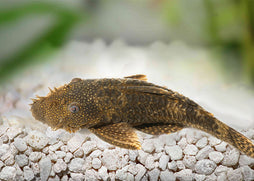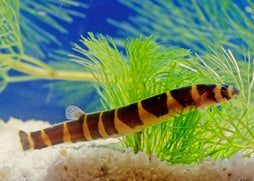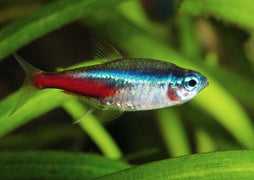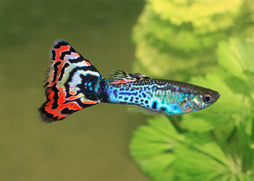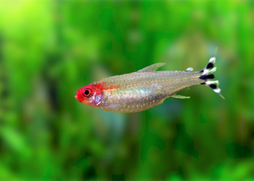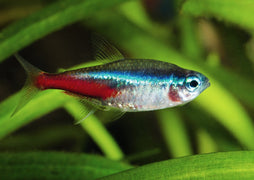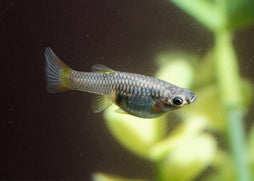Description
*This is a marine species*
Pycnochromis vanderbilti, commonly known as Vanderbilt’s Chromis, is a small, active reef fish native to the Indo-Pacific, particularly around coral-rich slopes and outer reef edges. This member of the Pomacentridae family is prized for its shimmering silver to yellow body with subtle blue lines and iridescence, and peaceful nature. Unlike some other damselfish, Pycnochromis vanderbilti exhibits relatively subdued territorial behaviour, making it well-suited to community reef aquariums. Its schooling habits and constant mid-water activity add natural movement and visual interest to reef systems.
Features of Pycnochromis vanderbilti
-
Reaches a maximum size of around 6–7 cm
-
Displays peaceful schooling behaviour
-
Yellow to Silvery-blue coloration with blue lines
-
Prefers high-oxygen environments with strong water flow
-
Hardy when acclimated to stable, mature reef tanks
The best aquarium size for Pycnochromis vanderbilti
A tank of at least 150 litres is suitable for a small group (5–7 individuals), although larger volumes (250+ litres) are ideal to maintain stable water parameters and allow for more dynamic schooling behaviour. Keeping them in odd-numbered groups reduces aggression and encourages natural interaction.
Tank Mate Compatibility for Pycnochromis vanderbilti
-
Clownfish (Amphiprion percula)
-
Green Chromis (Chromis viridis)
-
Firefish (Nemateleotris magnifica)
-
Orchid Dottyback (Pseudochromis fridmani)
-
Yellow Watchman Goby (Cryptocentrus cinctus)
Diet for Pycnochromis vanderbilti
Pycnochromis vanderbilti is omnivorous with a strong preference for planktonic and suspended foods. Feed a varied diet of high-quality marine flakes, micro pellets, and frozen foods such as cyclops, brine shrimp, and finely chopped mysis. Multiple small feedings daily mimic their natural feeding behaviour and support vibrant coloration and health.
Aquarium Setup Pycnochromis vanderbilti
Aquarium Filtration
Robust filtration is necessary due to their preference for oxygen-rich, high-flow environments. Use a protein skimmer and efficient biological media to maintain low nutrient levels, particularly in reef setups.
Aquarium Plants
As a marine species, macroalgae such as Halimeda or Caulerpa can be used for nutrient export and habitat enrichment. These should be placed in refugia or areas with subdued lighting.
Aquarium Lighting
Moderate to strong reef lighting helps bring out their iridescent sheen. While not photosynthetic, Pycnochromis vanderbilti benefits from consistent light cycles that support overall reef system health.
Aquarium Heating
Maintain a stable temperature between 24–27°C using a quality heater with digital control. Sudden shifts in temperature can lead to stress and disease in smaller fish like this.
Aquarium Substrate
A fine aragonite sand bed is ideal for reef compatibility. While the species does not interact heavily with the substrate, a clean sand bed supports a natural aesthetic and stable tank chemistry.
Aquarium Decorations
Incorporate live rock formations to provide visual breaks, shelter, and elevated swimming levels. Open mid-water space is critical for schooling, so avoid cluttering the central swimming zone. Coral-friendly and non-destructive, this species is highly compatible with mixed reef aquascapes.


